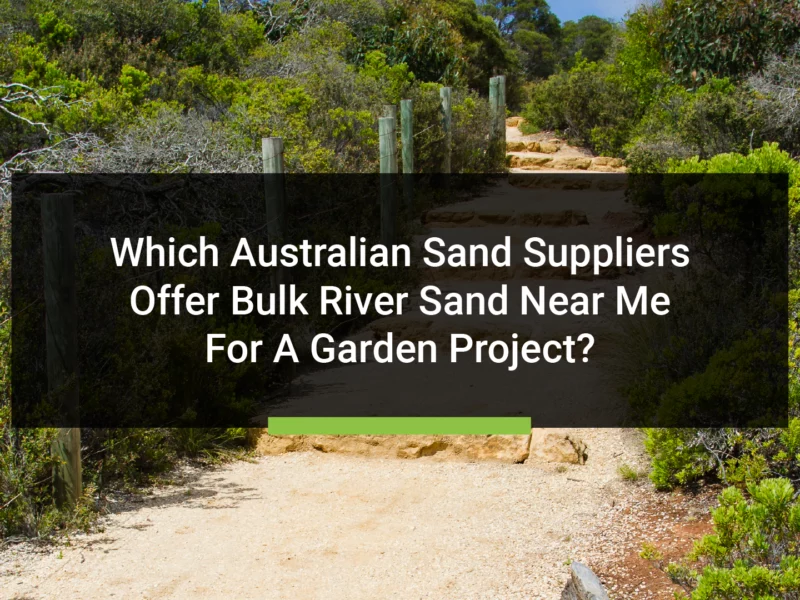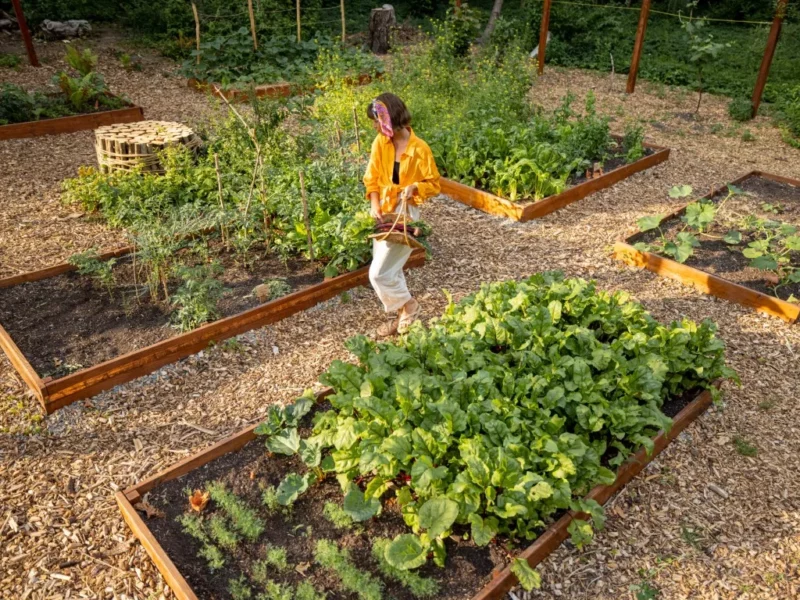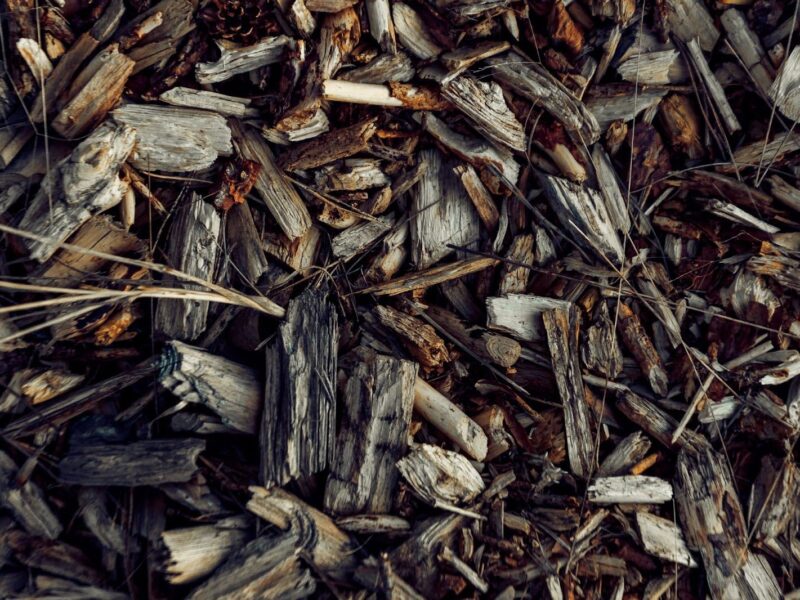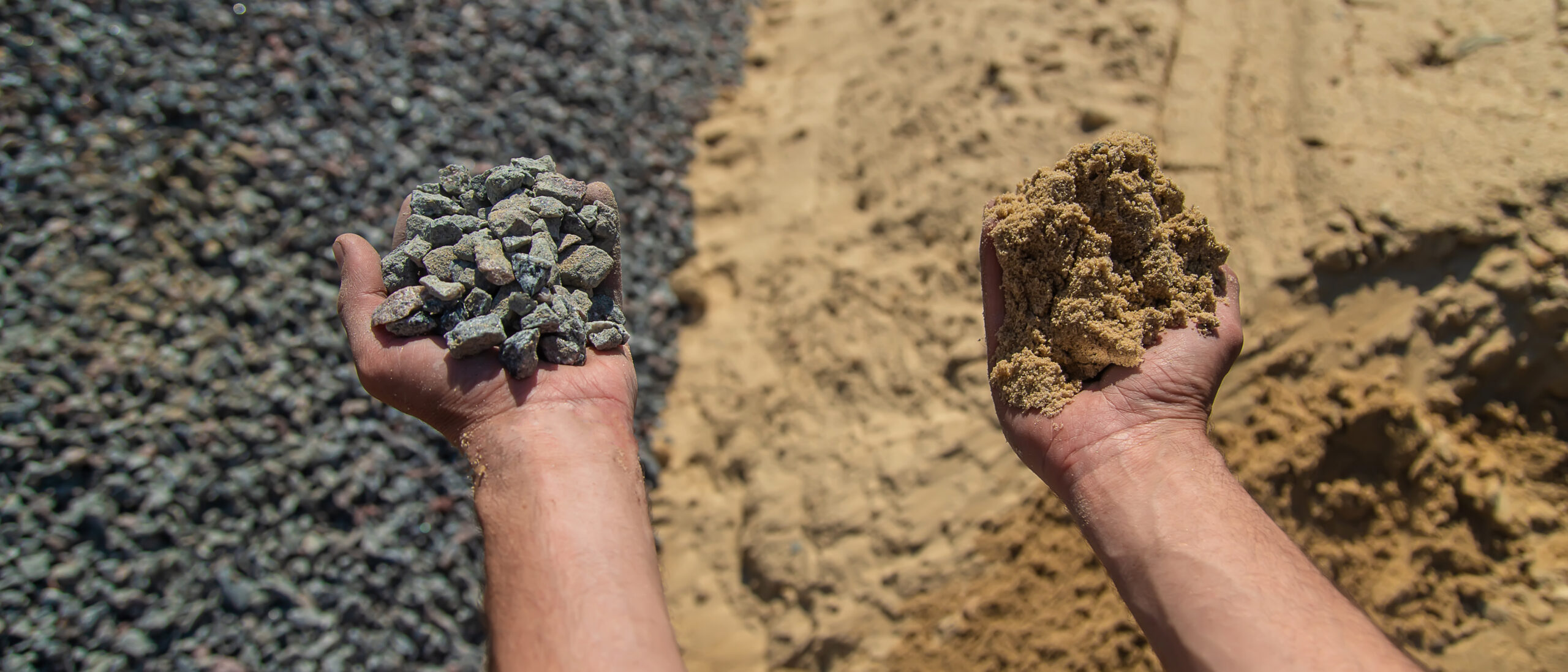
How to Use Sand in Your Garden: A Guide to Using Sand and Gravel in Your Garden
When it comes to creating the perfect garden, the right soil mixture and groundwork are crucial. Whether you’re planting flowers, laying down grass, or installing a pathway, understanding the difference between materials like sand and gravel can significantly impact your garden’s overall health and aesthetics. At Soilworx, we offer a range of sand supplies and gravel suppliers near Melbourne to help you achieve the ideal garden layout. In this post, we’ll explore the role of sand and gravel in your garden and compare how each can benefit different projects.
Why Sand and Gravel Are Essential for Your Garden
Both sand and gravel are foundational materials in landscaping, used to create the right environment for plants to thrive, improve drainage, and create a smooth, level ground. However, they serve different purposes, and knowing when and where to use them is key to a successful garden project.
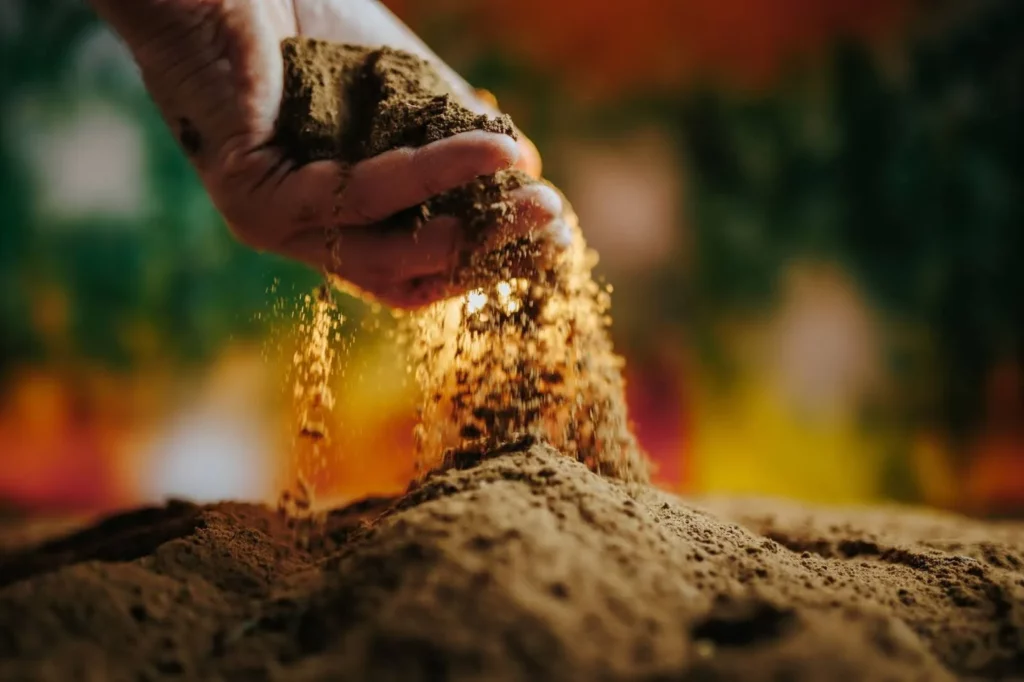
What is the Role of Sand in Your Garden?
Sand is a versatile material that can help improve soil texture, aid in drainage, and even level ground for planting. There are various types of sand used in landscaping, but coarse sand is most commonly used for garden applications. Here’s why:
- Improving Soil Drainage: If your garden soil is dense or clay-heavy, coarse sand can be added to loosen the soil and improve water drainage. This ensures that your plants’ roots won’t suffocate due to waterlogging.
- Leveling Ground for Lawns: When preparing the ground for grass, sand is incredibly useful for leveling uneven patches and filling low areas. A thin layer of sand can smooth out rough terrain, creating a more even surface for grass to grow.
- Aiding in Plant Growth: Sandy soil provides good aeration for plant roots, which encourages root growth and leads to healthier plants. This is especially beneficial for plants like succulents and cacti, which thrive in well-drained soil.
- Enhancing Soil Structure: By adding sand to your garden soil, it helps break up heavy clays, making it easier for your plants to access nutrients and water.
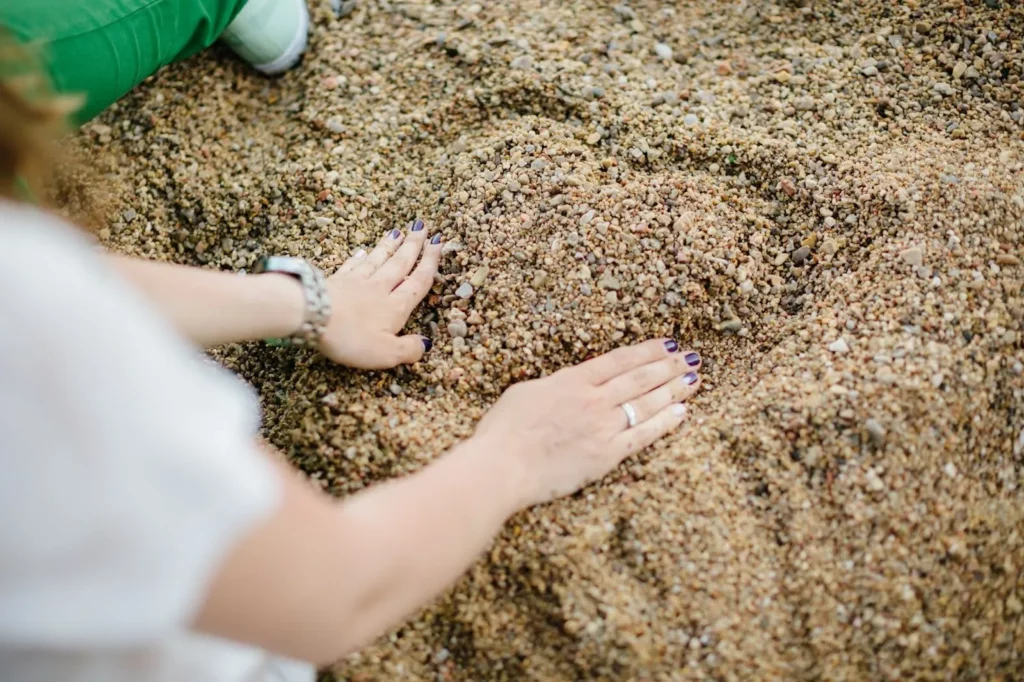
Gravel: Versatile and Durable for Outdoor Projects
Gravel, unlike sand, consists of larger, irregularly shaped stones, making it an ideal material for several landscaping tasks. Here’s how gravel can benefit your garden:
- Pathways and Driveways: Gravel is a popular choice for creating walkways and driveways due to its durability and ability to withstand heavy foot traffic. It also provides good drainage, making it perfect for areas that may become waterlogged.
- Landscaping and Aesthetic Features: Gravel is commonly used around garden beds or as a decorative layer to enhance the look of your outdoor spaces. You can combine gravel with garden stones for an aesthetically pleasing finish.
- Drainage: Gravel excels in areas that require drainage. It helps prevent water from pooling around plants, especially in areas with poor drainage. This can reduce the risk of root rot and fungal diseases in plants.
- Paving Bases: Gravel can also be used as a base layer when setting pavers or stones for patios, helping to provide stability and preventing shifting.
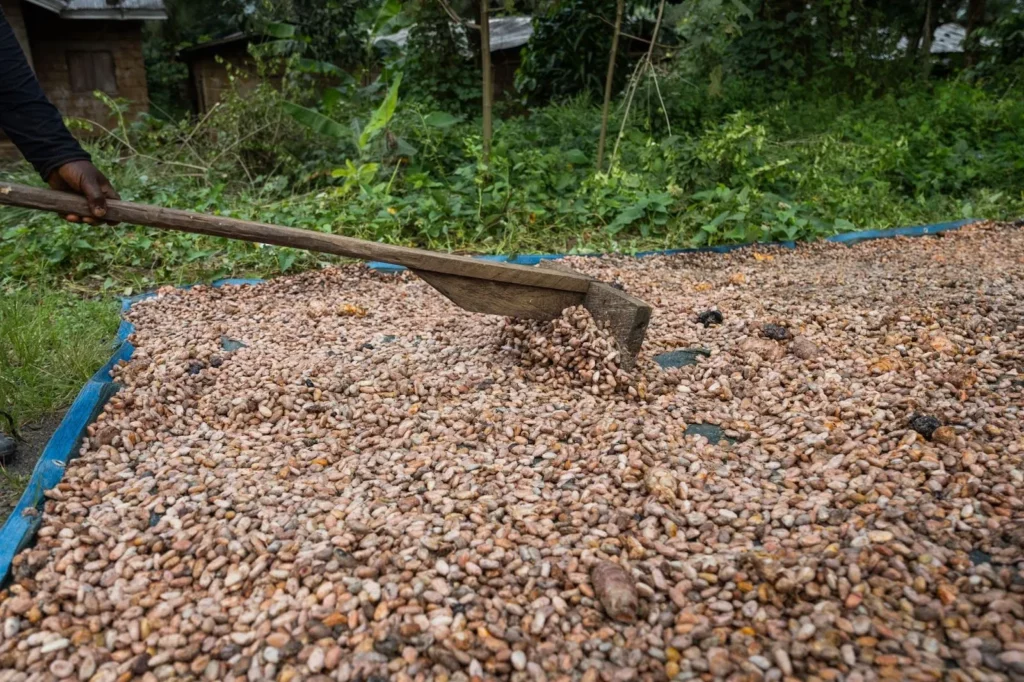
Comparing Sand and Gravel for Landscaping Projects
While both sand and gravel have similar qualities in terms of providing drainage and improving soil structure, each material is best suited for different tasks.
| Property | Sand | Gravel |
| Best for | Improving soil texture and drainage, levellingthe ground for grass | Creating paths, improving drainage, and decorative features |
| Common Uses | Soil amendments, levelling ground, lawn preparation | Pathways, driveways, landscaping, decorative stonework |
| Drainage | Helps with water movement in clay-heavy soils | Excellent drainage for preventing water buildup around plants |
| Texture | Fine and smooth | Coarse and uneven |
| Weight | Lighter and easier to spread | Heavier, ideal for stable surfaces |
How to Use Sand to Level Ground for Grass
One of the most common uses of sand in the garden is levelling the ground for new grass or sod. A level lawn not only looks better but also provides even water distribution and healthier grass growth.
Here’s how you can use sand to level your yard:
- Prepare the Area: Begin by mowing the lawn and removing any debris or large clumps of grass. You want a relatively clean, open surface.
- Spread the Sand: Using a sand supply like the coarse sand available from gravel suppliers in Melbourne, spread a thin layer of sand (1/4 to 1/2 inch) over the lawn area. Use a rake to spread the sand evenly across the surface.
- Level the Ground: Use a long board or levelling rake to smooth out the sand. This will help fill in low spots and create a flat surface.
- Water and Seed: After leveling, water the area thoroughly and spread grass seed or lay sod as required. The sand will help prevent the grass from sinking into the soil and provide better drainage for root growth.
Where to Find Sand and Gravel Supplies Near You
If you’re in Melbourne and looking for sand suppliers or gravel suppliers near you, Soilworx is here to help. We offer a wide range of sand supplies, gravel, and garden stones to meet all your landscaping needs. Whether you’re tackling a large garden project or just need a small amount for levelling the ground, our materials are sourced from trusted suppliers to ensure top quality.
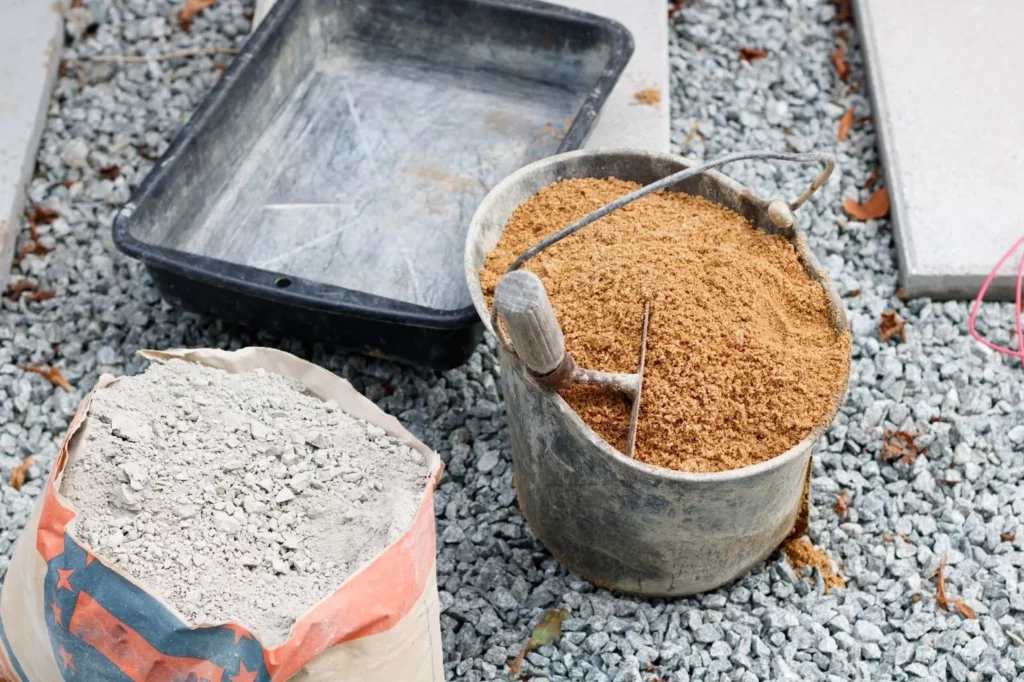
Final Thoughts
Both sand and gravel are essential materials in landscaping, but understanding when to use each can make a huge difference in the success of your garden projects. If you’re ready to level your lawn, improve drainage, or add decorative touches, make sure to choose the right material for the job.
At Soilworx, we provide high-quality sand, gravel, and garden stones to help you transform your garden. Contact us today to discuss how our sand supplies and gravel suppliers in Melbourne can assist with your next project!


